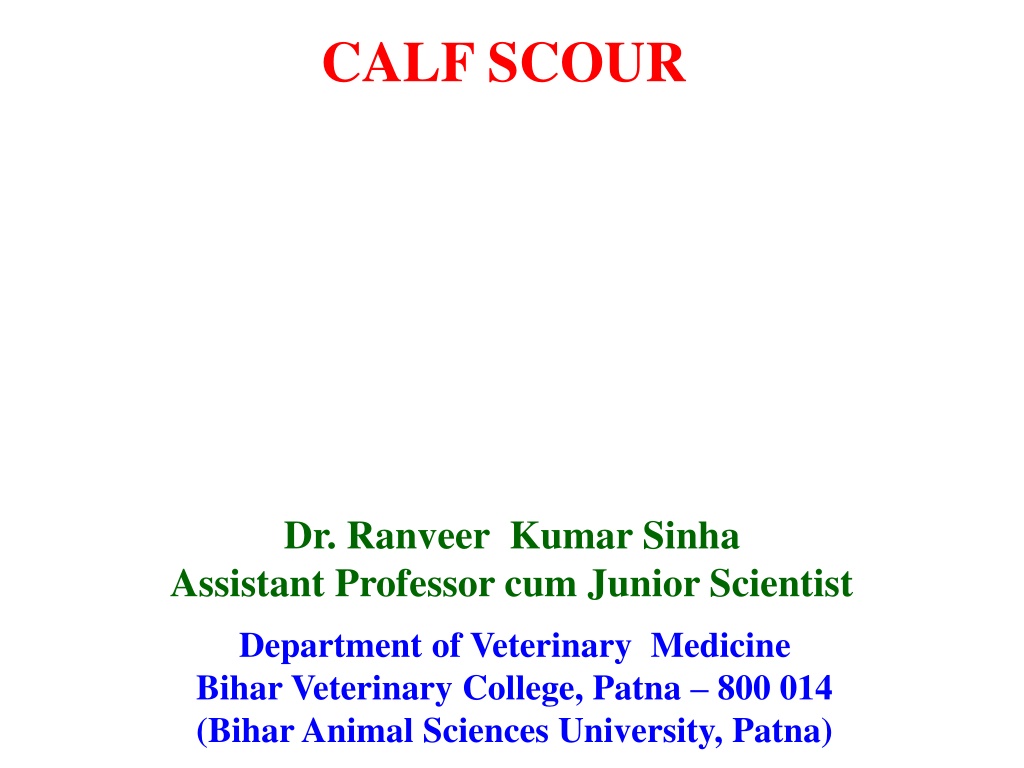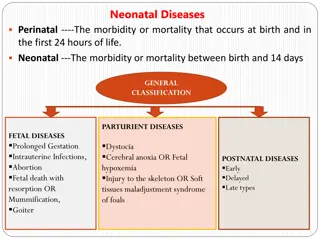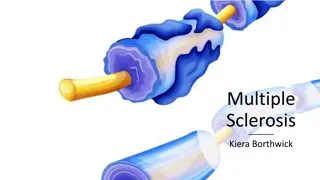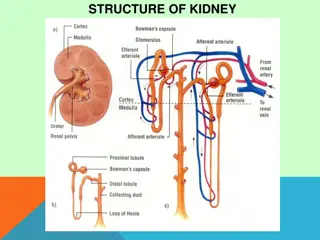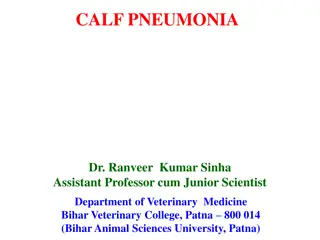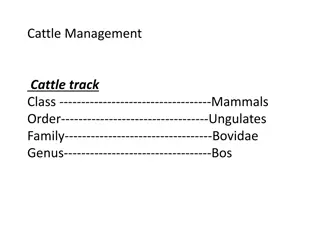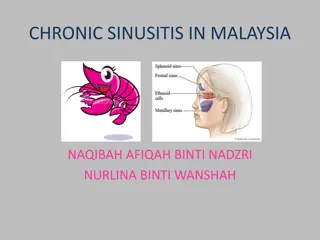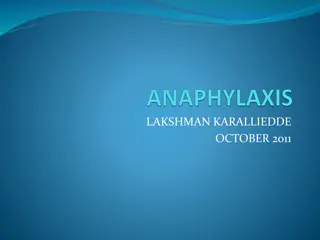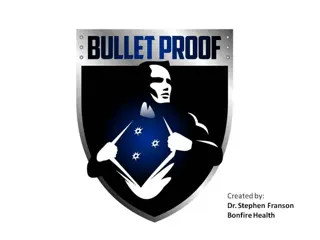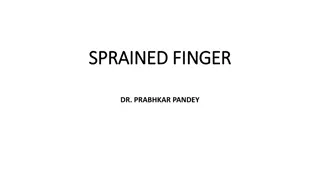Calf Scours: Causes, Symptoms, and Treatment
Calf scours, a prevalent disease in cattle, can lead to severe dehydration and health issues if left untreated. It is not a single disease but a clinical sign of various underlying causes. Identifying symptoms, such as diarrhea and dehydration, and providing timely treatments like fluid therapy and antibiotics are crucial. Prevention methods include hygiene practices, deworming, and isolation of infected animals. Early intervention is key in managing calf scours effectively.
Download Presentation

Please find below an Image/Link to download the presentation.
The content on the website is provided AS IS for your information and personal use only. It may not be sold, licensed, or shared on other websites without obtaining consent from the author.If you encounter any issues during the download, it is possible that the publisher has removed the file from their server.
You are allowed to download the files provided on this website for personal or commercial use, subject to the condition that they are used lawfully. All files are the property of their respective owners.
The content on the website is provided AS IS for your information and personal use only. It may not be sold, licensed, or shared on other websites without obtaining consent from the author.
E N D
Presentation Transcript
CALF SCOUR Dr. Ranveer Kumar Sinha Assistant Professor cum Junior Scientist Department of Veterinary Medicine Bihar Veterinary College, Patna 800 014 (Bihar Animal Sciences University, Patna)
Introduction It is a important calf diseases Diagnosing, treating and preventing this disease is very important for every cattle industry. Calf scours can be defined as diarrhoea in calves. Calf scours is not a specific disease with a specific cause, but it is actually a clinical sign of a disease complex with many possible causes.
Types of Calf Scours 1.Bacterial scours E.Coli Salmonella Clostridium perfringens Types C & D 2.Viral scours Rotavirus Corona virus Bovine Viral Diarrhoea (BVD) 3.Protozoan Scours Coccidia Cryptosporidia
Symptoms Calves do not drink milk or milk replacer. Calves become severely dehydrated and depressed. They may have fever initially Faeces are watery and often tinged with blood Calves show uneasiness and strain or kick at their abdomen There may be drooling of saliva
When Should Calves be Treated Calves running around the pasture with their tails in the air with yellow or white diarrhoea may need treatment. The main indications for treatment are: General disposition Loss of Appetite Dehydration Body temperature
Recommended Treatments The main treatment is fluid therapy:- 1.R.L.@ 10 20ml/Kg b.wt slow IV according to level of dehydration Secondary treatments are: Antibiotics: Sulphamethoxazole + Trimethoprim oral or parental or other antibiotic Anticoccidial drug Supportive therapay Nursing care.
Prevention and Control General hygienic measure Isolation of infected animal Avoidance of over crowding Provide sufficient colostrum to calf Give dewormer within 10 days after birth Provide feed mixed with coccidiostat Apply Tr. Iodine or Povidone iodine at navel just after birth
